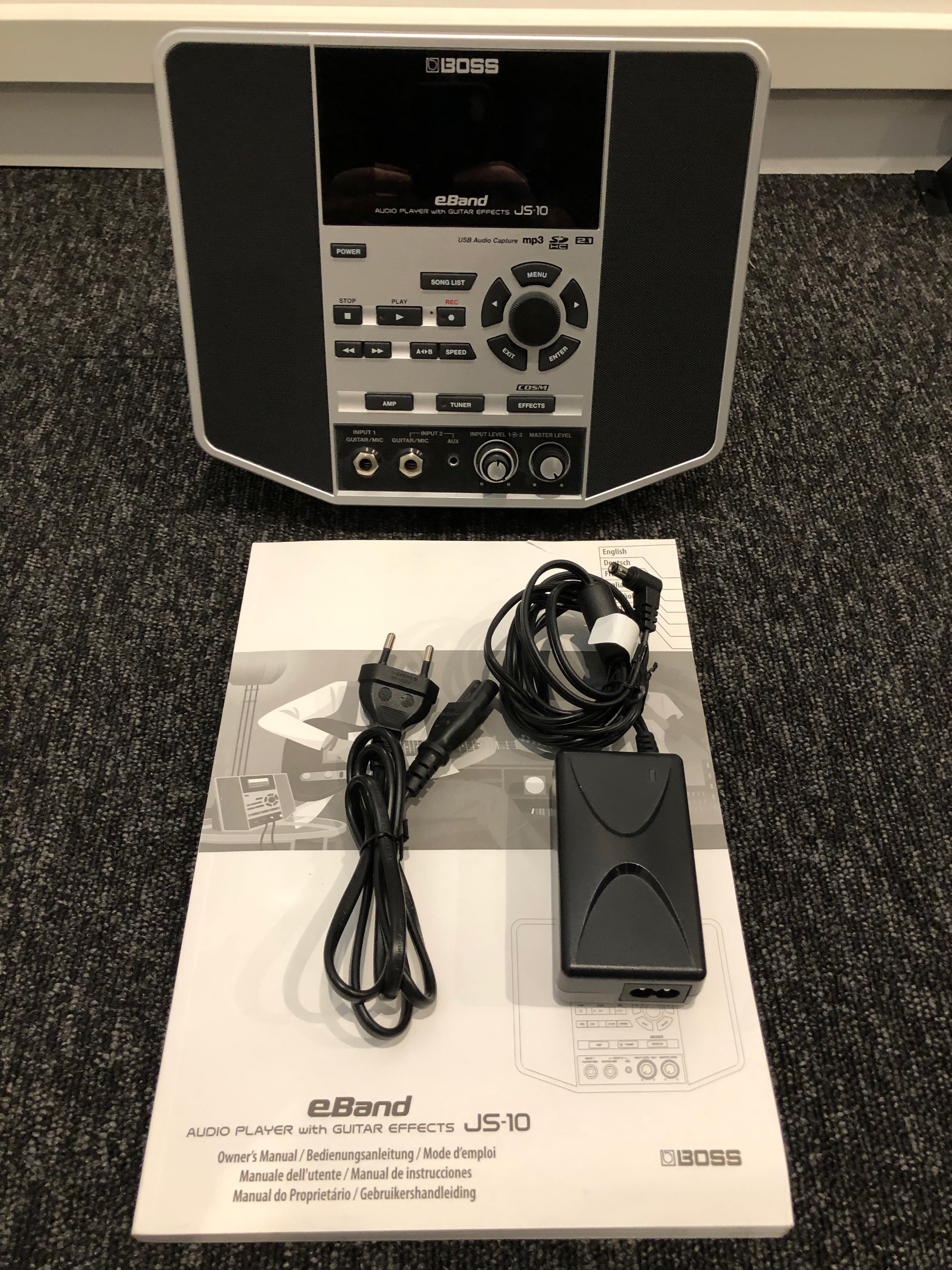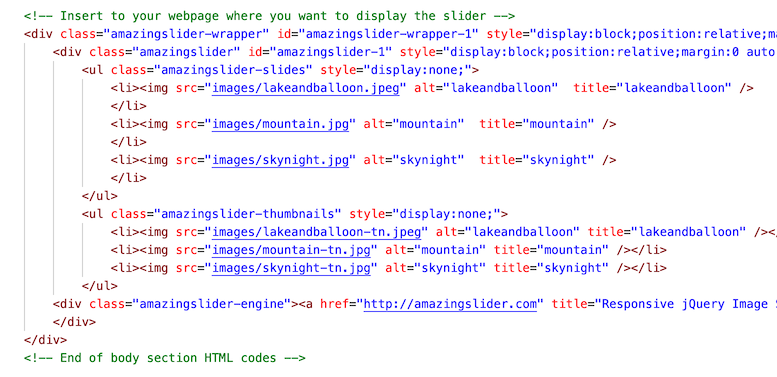

Add this to your HTML5 document with the following code: The simplest way to implement audio into a web page using HTML5 is to use the new audio tag. Your browser does not support the audio element.
JS CONFLICT AMAZING AUDIO PLAYER CODE
If you take a look at the code above you can see that I have declared the tag and defined the controls attribute, so that we see the default controls for the player. JQUERY CONFLICT AMAZING AUDIO PLAYER CODE One defines an MP3 track and the other defines the OGG format. The OGG format is especially used to allow the music to play in Firefox as due to licensing issues Firefox doesn't support MP3 without using a plugin. A string of text Your browser does not support the audio element. preload - This can be set to "auto" (which describes whether the file should load as soon as the page loads), "metadata" (which describes whether only the metadata, track title etc.loop - This can be set to "loop" and defines whether the track should play again once it has ntrols - As seen in the example above, this defines whether the native controls such as 'play,pause' etc should be toplay - This can be set to "true" or left blank "" to define whether the track should automatically play as soon as the page is loaded.lets users with unsupporting browsers know what's going on.Īs well as supporting global HTML5 attributes the tag also supports a set of attributes unique to itself. src - This can also be seen in the example above and defines the url of the music that should be played by the audio tag.should be loaded), "none" (which dictates that the browser should not load the file when the page loads).

In the last few steps we've looked at the simplest form of HTML5 audio. When we start to utilize the audio tag with javascript we can start to create some really interesting and useful audio players. It really is that simple! Then whenever we want to perform an action on the audio we can trigger it by using the variable 'myaudio'.Īfter we've defined document ready in jQuery, we can create a new audio variable to hold our audio file as simple as this: var myaudio = new Audio('mysong.mp3') Let's take a look at what jQuery can do for us. Here's a list of actions that we can take with the variable. Make a note of these, we'll be using some of them later on in the tut when we create our audio player. Myaudio.pause() - This will stop the music. Myaudio.duration - Returns the length of the music track. Myaudio.currentTime = 0 - This will rewind the audio to the beginning. Myaudio.muted = true - This will mute the track Myaudio.loop = true - This will make the audio track loop. If you want a function to be called once the audio has finished playing then you can use 'myaudio.addEventListener('ended',myfunc)' - This will call 'myfunc()' once the audio has finished.


 0 kommentar(er)
0 kommentar(er)
